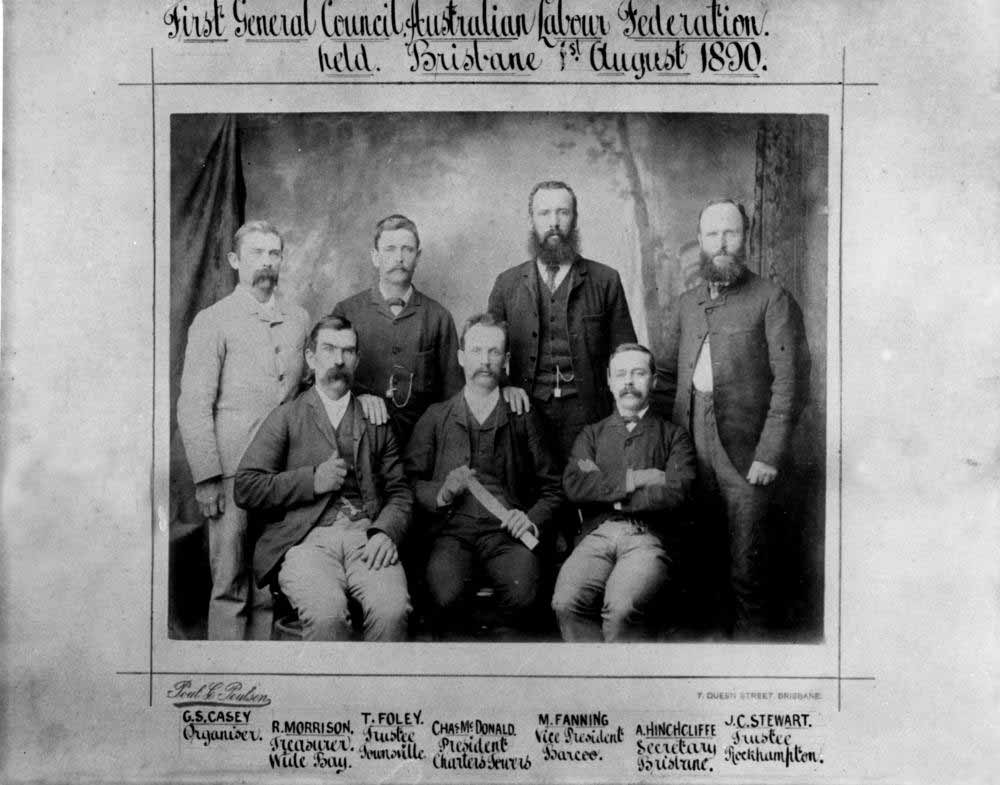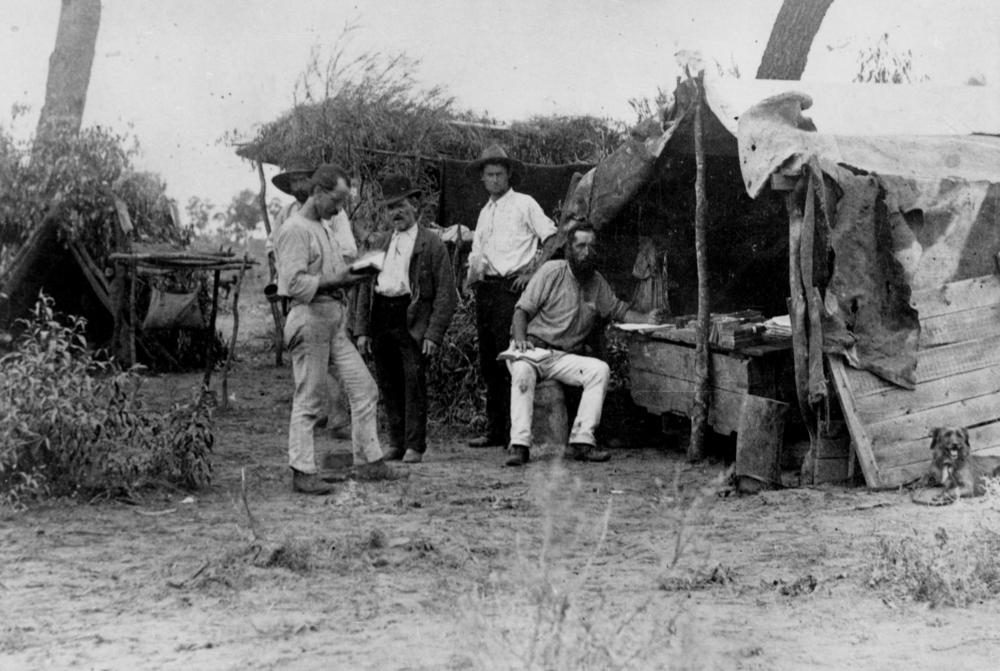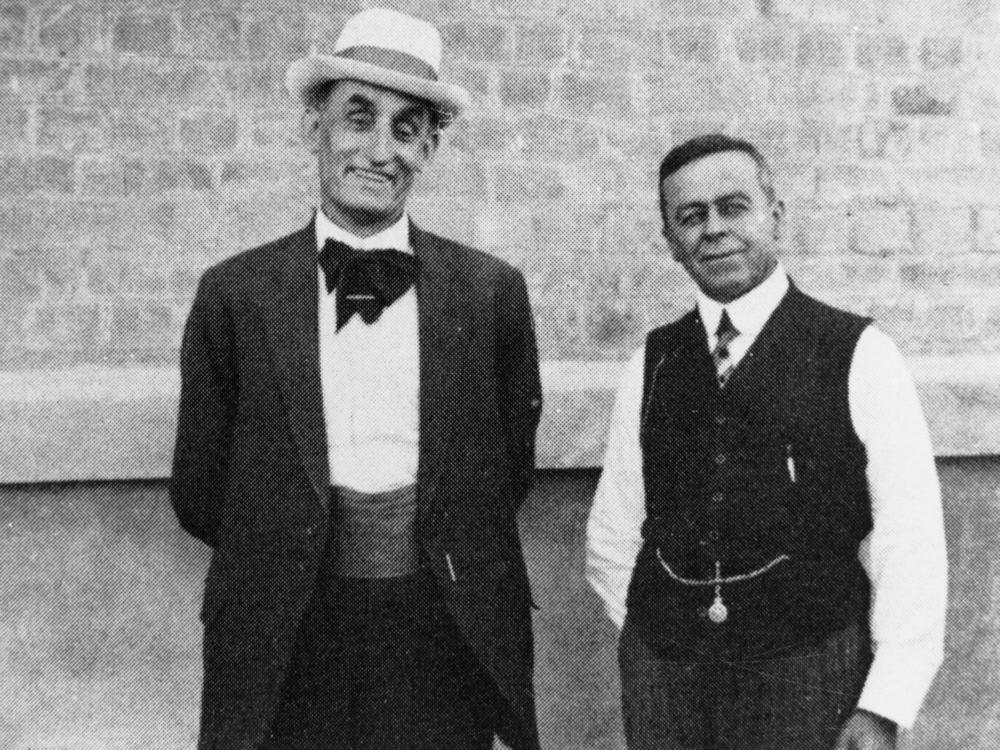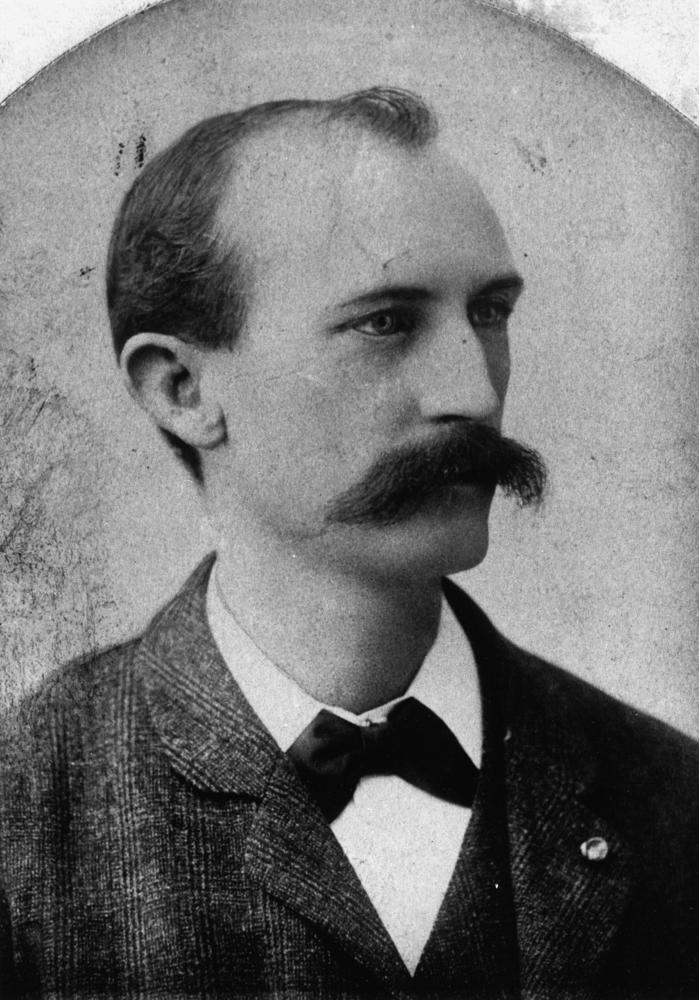The prehistory of the Australian Labor Party can be traced well back into the 19th Century, notably with the beginnings of the trade union movement in mid-century and spasmodic attempts to give workers some representation in colonial Parliaments. In most colonies in the second half of that century, there were occasional candidates for election, some of them successful, who claimed that they represented the interests of workers or of trade unions. Some had the formal backing of a trade union or workers' organisation, others were self-proclaimed workers' delegates. However, reforming social or industrial legislation depended completely upon the willingness of the established political elites, factions, or parties to recognise such interests. Some leaders of the trade union movement became convinced around 1890 that a different form of political mobilisation was necessary to face the consequences of the severe economic depression of that decade and the hardening attitude of employers to trade unionism. The catalyst for this change of strategy was a disastrous intercolonial strike in that year that involved almost all unions but was especially threatening to those in the pastoral industries, especially shearers and maritime industries (dockworkers and seamen).
The Labor Party as a formal organisation had its beginnings in Queensland (initially called the Workers' Political Association) and New South Wales (initially the Labor Electoral League). Which came first depends upon what level of organisation or symbolism is regarded as more important. Often the symbolic birthplace of the party is regarded as the Queensland town of Barcaldine, where pastoral workers demonstrated in 1891, out of which protest came the Manifesto of the Queensland Labor Party in the following year. However, the Queensland branch of the Australian Labor Federation had already been organising to endorse parliamentary candidates in 1890, and the first local branch of the WPO was formed in Fortitude Valley in February 1891. Meanwhile, in 1890 the NSW Trades and Labor Council, through its parliamentary committee, was already drafting a constitution and rules for a new party to contest elections in 1891. The first local branch of the LEL is claimed for Balmain, in April 1891. In both colonies the new party was the creation of the trade union movement, especially of shearers, but with many other unions participating.
The first demonstration of the electoral clout of the new body was its success in the NSW election of June-July 1891, where the Labor Electoral League (usually called by its members and supporters the 'labor' or 'democratic' party) won 35 of 141 seats in the Assembly, winning the balance of power between the Free Trade and Protectionist parties. Success followed in Queensland, where the 1893 election saw Labor win 16 of 72 seats in the Assembly. Although this was a similar proportion to that in NSW it was not enough to give the party the balance of power. Nevertheless, even without that strategic advantage, Queensland Labor, led by former miner and journalist Anderson Dawson, made history in December 1899 by forming the first elected Labor Government in the world, even if, without a majority in Parliament, for only five days.
Although there were eleven successful Labor candidates in the 1892 Victorian election, the origins of the party there were rather different. Of course the initiatives in NSW and Queensland were important, so that unions and branches had some input, but there is a sense in which the party in Victoria had its origins in Parliament more than in the trade union movement. The Protectionist party in that colony had been more accommodating to social and industrial reform than in most other colonies so that there was already a core group of MPs who regarded themselves as representing the interests of working men, or, as one historian suggests, 'the advance guard of liberalism'. The leadership of the Labor Party by moderate reforming liberals like William Trenwith (he insisted that the parliamentary party be called the 'United Labor and Liberal Party') led to a reaction against parliamentarism and pragmatism from more militant unionists that would be a feature of the Victorian ALP for much of the next century. Part of the reaction in Victoria was almost an attempt at a re-foundation of the party in the early years of the new century to reflect a grass roots desire for a more ideological and socialist party. This was influenced strongly by English socialist Tom Mann, even though Mann was disappointed with the level of success.
In South Australia, Labor candidates won 10 of the 54 parliamentary seats in 1893. In Western Australia and Tasmania, there were stirrings of development, but the presentation of a slate of Labor candidates for election had to wait until the new century and the coming of Federation.

1891 Strikers Library in Barcaldine
The striking shearers maintained a sense of civilisation in their camps which included the construction of a library to keep the shearers entertained and to continue the worker's education that was supported by the union.
Labor went to the people in 1944 seeking to change the constitution to better enable the federal government to rebuild Australia after the war. This ad shows Labor attacking the hypocrisy of the opposition.

First General Council meeting of the Australian Labor Federation, held Brisbane 1st August 1890.

The strking shearers maintained a sense of civilisation in their camps which included the construction of a library to keep the shearers entertained and to continue the worker's education that was supported by the union.

Henry Boote & Albert Hinchcliffe were very active labor orgnaisers and agitators in Queensland during the 1890s. Boote was a journalist and Albert ws a long-term MLA.

Anderson Dawson was the very first leader of a Labor government in the world, becoming Queensland Premier in 1899.

The first elected Labor government in the world. Queensland Labor formed government in 1899, for only five days.
Labor Foundations | 1891 - 1903
Colonial Origins
Other topics in Foundations
Organisational Stresses
Although the Labor Party had been founded by the trade union movement, it very soon developed a life of its own, so that stresses between the party and unions were already evident in the 1890s. In New South Wales, the TLC lost control of the…
Socialists and Labor
Its trade union origins gave the new party its own distinct progressive character. Hence, the name of 'Labour' or 'Labor' party that was almost universally used, even when not the formal title, because it was meant to represent workers. The original ideological mixture in the…
A National Party
The early Labor Party had to identify its social base if it wanted to have continuing and improving electoral success. Obviously it made an appeal to trade unionists. However, most workers were not unionists at this time. Even many trade union members in the various…
The First Federal Election
There was a significant problem for Labor in the first election in March 1901 after the party had opposed the terms of Federation in the referendums of the 1890s. Labor leaders had previously argued that the Australian Constitution as it was drafted was undemocratic, and most would…
